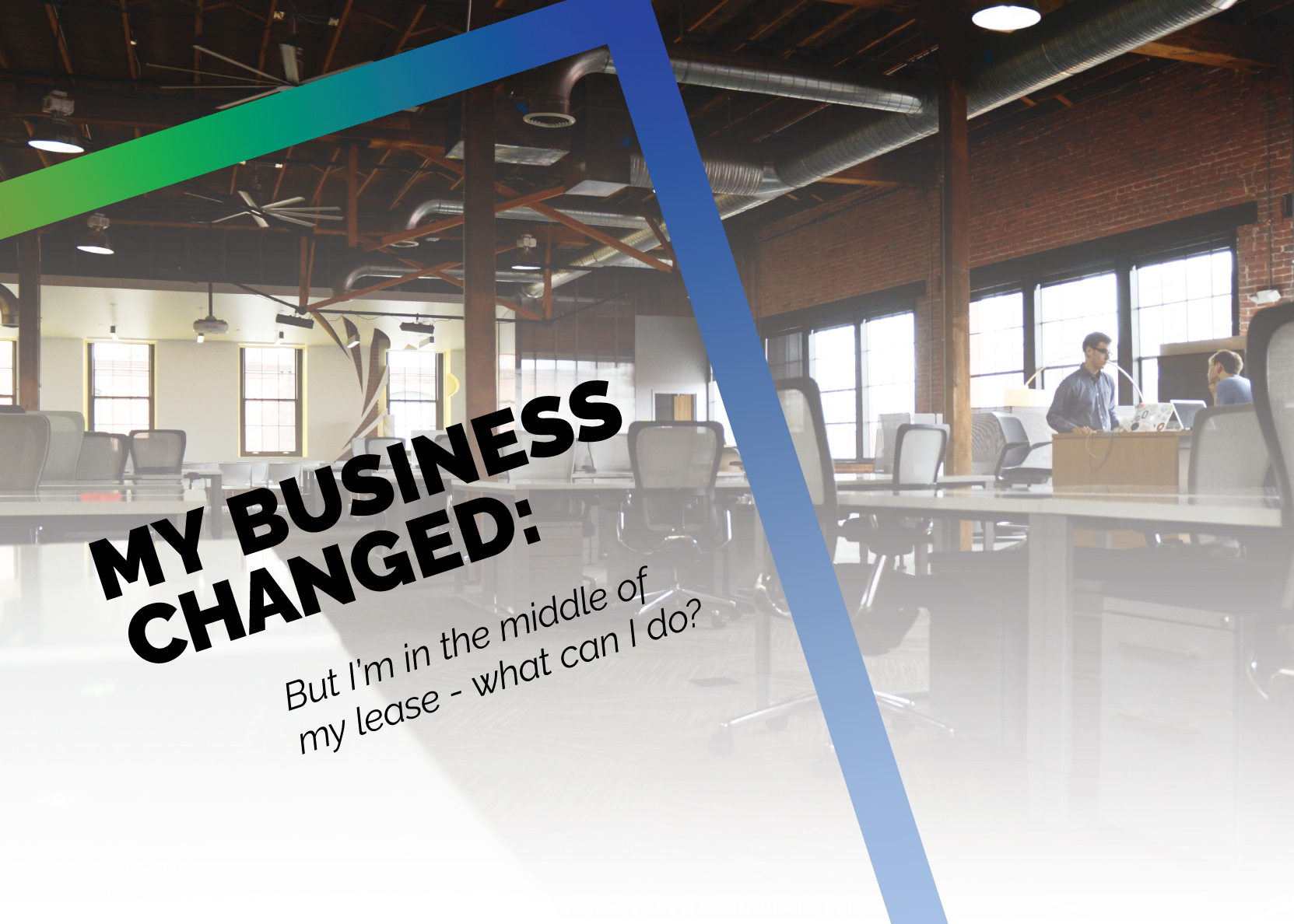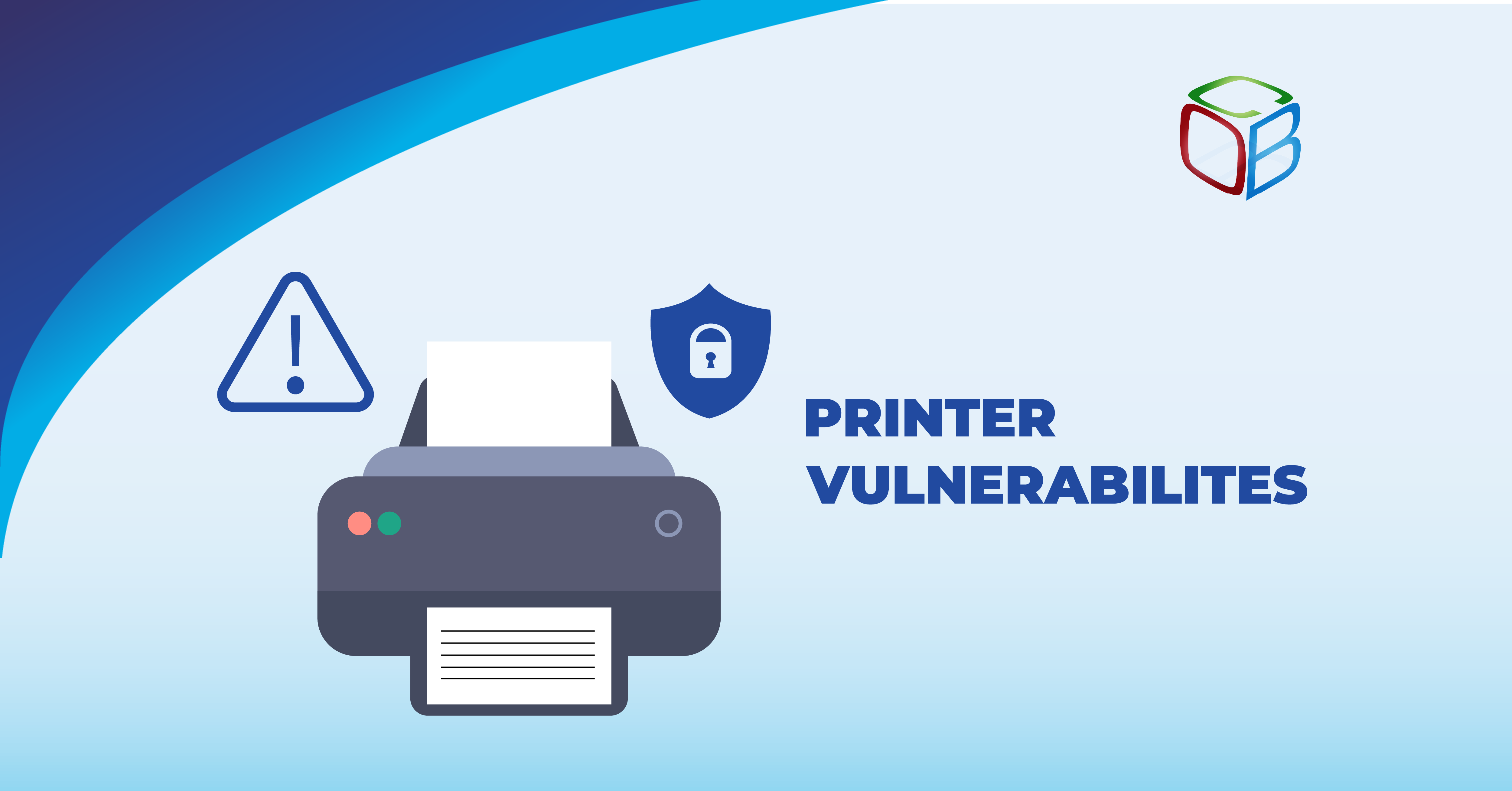6 min read
What Is a Data Security Policy? A Complete Guide
Organizations of all sizes handle enormous volumes of data. Data is one of the most valuable assets of any organization.Unfortunately, it’s also a...
2 min read
 Doug Woodside
Jun 22, 2020 2:00:00 PM
Doug Woodside
Jun 22, 2020 2:00:00 PM

This year has proven unexpected and turbulent change can happen at any moment — and with these changes, the needs of your business can drastically morph.
For many businesses that make use of a copier or multi-function printer (MFP), this can mean being stuck with a machine that is not capable of handling the new tasks at hand, or conversely, a business could be left paying for a machine that features functionality they no longer need.
Luckily, you may be able to upgrade or “right-size” your lease — and while ending a lease before it terminates may seem like a financially un-sound idea, it can actually end up saving your business money due to lower service costs and newly-introduced solutions.
WHY BUSINESSES UPGRADE EARLY
The most common reason businesses upgrade their equipment is due to hardware and software incompatibility. Since software is progressing so rapidly, hardware is often outpaced by the newest solutions available on the market, such as print management solutions like UniFlow or Therefore.
Other common reasons include a change in business that requires the use of a functionally not present on their current copier: such as faxing, stapling, hole punching, or booklet making.
While not as common in the past, 2020 has definitely seen a rise in another reason for upgrading or right-sizing a lease agreement — the mobilization of the workforce. Many employees that left the office to work from home are not returning — meaning a single, large copier that was once responsible for printing and copying for the entire office will go to waste, and need to be replaced with smaller, less expensive printers that can be used from home offices.
Even if employees are returning to the office, due to safety demands, there may be a demand for contactless printing. If your business’ copier doesn’t support a feature such as this, you will need to upgrade the machine in order to help stop the spread of germs, and keep your employees safe.
But, if your business is stuck in a lease, what options do you have?
A LEASE CANNOT BE BROKEN, BUT IT CAN BE ROLLED OVER
Simply put, if a lease has been signed, the agreed-upon amount of money will always need to be paid to the leasing company. However, this does not mean that your business is stuck with your current lease.
Even with a time period of 20 months left on a lease (and in some cases, even further out than that), a new lease agreement can be reached. Essentially, the remainder of your current lease will be evenly spread out through the duration of your new lease — meaning if your business had $6,000 dollars left to pay on your current lease, and signed up for a new 60 month lease, your remainder would equal $100 per month on top of you new lease’s monthly cost.
This is referred to as a “buyout,” and these lease roll-overs are not limited to your current service provider — many dealers will buyout your current lease. This gives you plenty of options when searching for a solution to your changing business needs. And, as mentioned above, a new lease doesn’t always mean a higher overall cost — lower service costs can actually end up saving you money on your new bill when compared to your old charges.
If you find your business’ needs change regularly, or have identified device security to be of great importance, you may want to consider a shorter lease term. While a shorter lease will come with a higher monthly cost, it allows your business to make use of frequent upgrades to your business technology.
In an ever-changing market landscape, a mobile and agile workforce is key to the success of any business; and in order to perform at 100% efficiency with a decentralized workforce, all of your technology solutions — both hardware and software — need to be synchronous.
If your business would like to make a change due to conditions caused by the current COVID-19 crisis, you may want to reach out to your representative to discuss cost-saving options specific to the health crisis, as well as mobile-workforce hardware and software solutions and deployment strategies.

6 min read
Organizations of all sizes handle enormous volumes of data. Data is one of the most valuable assets of any organization.Unfortunately, it’s also a...

5 min read
In today’s digital-first workplace, your network is more than just a connection point; it’s the foundation of your operations. Whether your...

6 min read
Multifunction printers (MFPs) have become an indispensable part of modern office infrastructure. As these devices have evolved into sophisticated,...